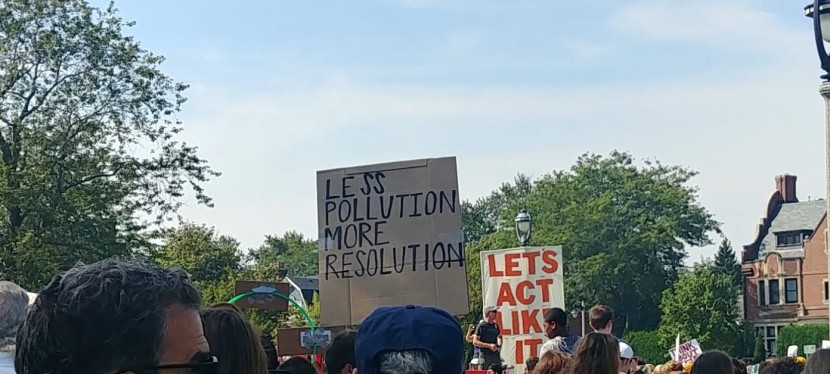As some of the most recognizable, cultural icons that dot the American (and global) landscape, it’s hard to go without seeing a growing drive-through line or an ad for a new product at a local chain restaurant. SGI members have engaged fast food and other consumer based companies on a variety of issues for years.
In the fast food sector, oftentimes we are urging companies to make improvements that some of their competitors have already made and are now expected. After a resolution is filed, a withdrawal generally means progress. Or at least, movement.
SGI members have been involved in a campaign led by Ceres and FAIRR, targeting fast food companies to improve their meat sourcing. These chosen companies are vulnerable to impacts of climate change, water scarcity, and other threats due to protein production. A FAIRR report states, “agricultural emissions, including those from meat and dairy, are on track to contribute approximately 70% of total allowable GHG emissions by 2050, creating an 11 gigaton mitigation gap required to stay under the 2°C threshold.” Of the six companies engaged in this campaign, SGI members lead on three: Wendy’s, Restaurant Brands International (RBI), and Yum! Brands.
After slow movement from Wendy’s, investors filed a resolution asking for a report on whether and how the Company plans to measure and reduce its total contribution to climate change, including emissions from its supply chain, and align its operations with the Paris Agreement’s goal of maintaining global temperature increases well below 2°C. This increased disclosure and target setting would not only be beneficial in reducing the company’s climate impacts but benefit consumers and shareholders.
The proposal was withdrawn as Wendy’s has committed to pursue Science Based Targets (SBT) for Scope 1, 2, and 3 emissions. Yum! Brands has been committed to the SBT process since a shareholder proposal in 2019 and has approved 2030 targets, including reducing GHG emissions by 46%, required to keep global warming to 1.5°C. RBI has also recently committed to the SBT process.
This is just a first step for these companies. As investors increasingly look for climate disclosure and transparency on environmental issues, setting SBT has become a trusted benchmark in addressing the climate crisis. Investors are encouraged by the move towards stronger climate targets and will use this momentum to continue this campaign working with these companies on water impact and water use.










